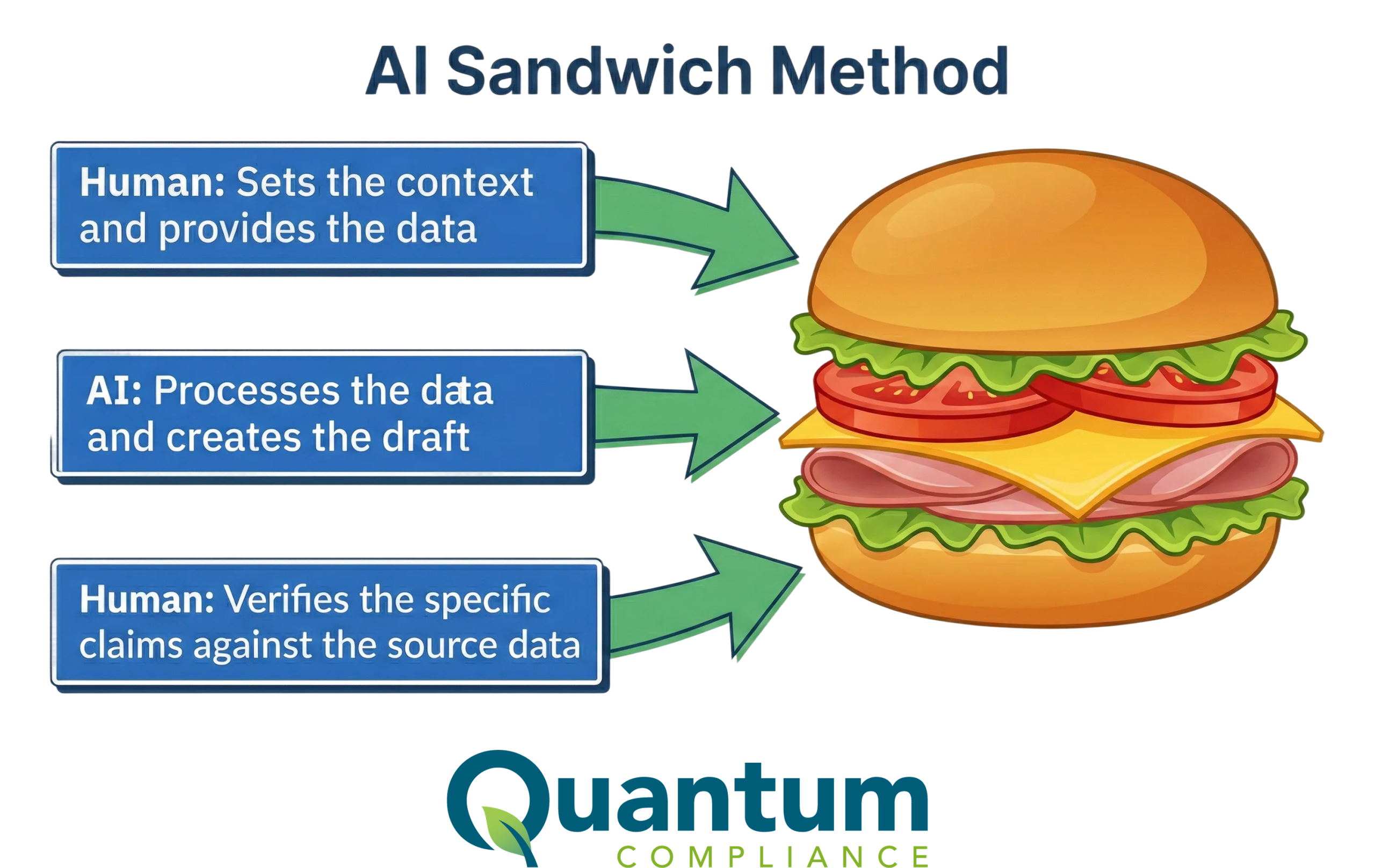When you start counting your MSDSs to get an exact number before you proceed with conversion, you really should be looking for two numbers: parent product MSDSs and similar product MSDSs.
The terminology may throw some people off, so let’s explain the difference between master and derivative products a little.
Parent (or Master) products are your standard chemical products and those that differ significantly from your other products. They do not have the same list of ingredients as each other and do not share a common base. The master products are typically those that will not have their color or other identifying factors listed in their name unless it is a neutral color, as they are the default in that chemical family.
Derivatives, on the other hand, are those that are very similar to a master product and possibly other derivative chemicals based on that same master product. The variations often come in color or component percentages. These are not your default products. Rather, they are based on the master products, share many of the same physical and chemical properties and very often the same or similar hazard classifications.
A good example of the differentiation between the two categories is paint. When you create your paints, you will often start with a white or neutral color as your master product. When you create your paints in any other color, you add a dye to the basic formula and make very few, if any, changes to the formula otherwise. The new SDS for the colored paint will then look very similar to the parent product MSDS.
Since the new parent/derivative SDSs are so similar, many people wonder if they need to create separate sheets at all. However, because the formulas are different, the SDSs must be as well. Any change to the formula can possibly trigger a change in hazard classifications, and so a separate SDS is needed for each derivative because an overall SDS for that group could possibly over- or under-report the hazards on each derivative product.
When you choose a provider to do your SDS conversion, it’s important to remember that the derivative products are not entirely different chemicals from each other and the parent product. As such, they should not be priced as full chemicals. Look for services that understand the similarities between your products and will give you a fair discount for the derivative products.
For more information on derivative products and parent/derivative pricing, submit an inquiry here.







